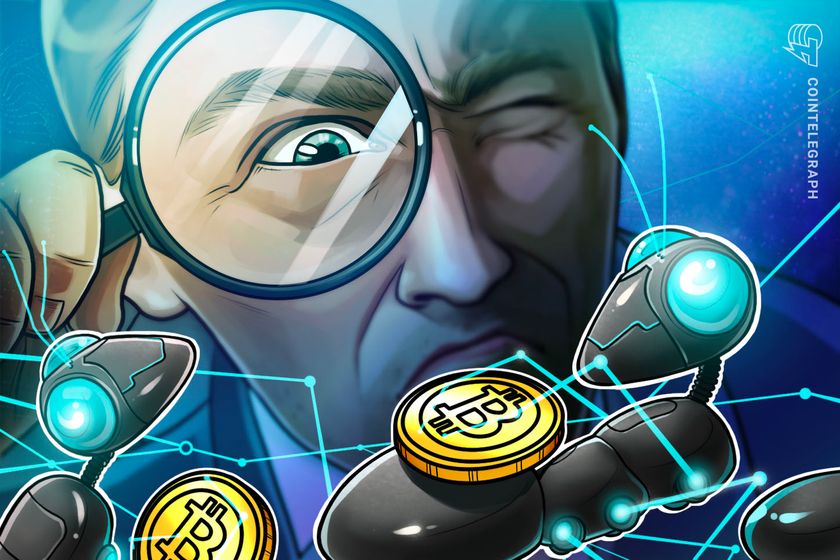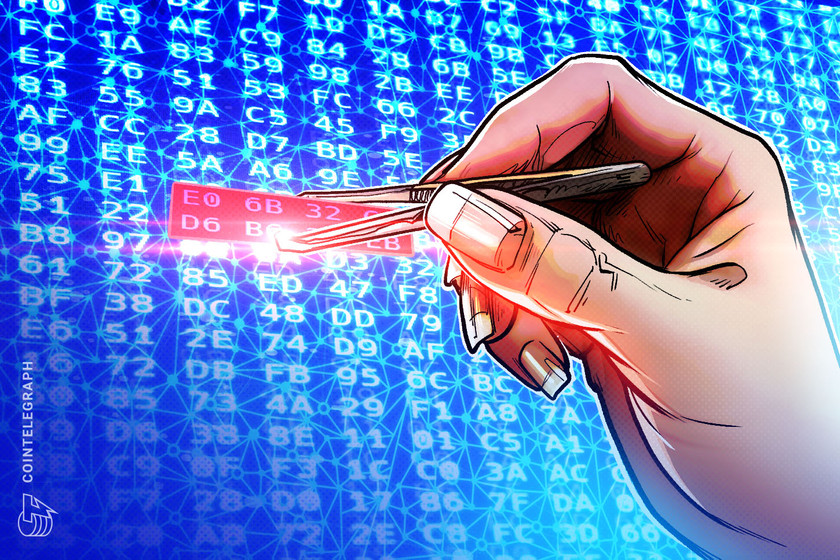What are stealth addresses, and how do they work?


Stealth addresses in cryptocurrencies act like secret codes for transactions, providing enhanced privacy by generating unique addresses for each payment.
The purpose of crypto stealth addresses is to enable privacy for each transaction, concealing the recipient’s identity and transaction history.
Crypto stealth addresses are a privacy-enhancing feature in blockchain technology that lets users receive money anonymously. Unlike conventional public addresses, stealth addresses provide distinct, one-time addresses for every transaction. The recipient’s actual address is kept secret when a sender transfers funds using a stealth address; the transaction is broadcast to the network.





















